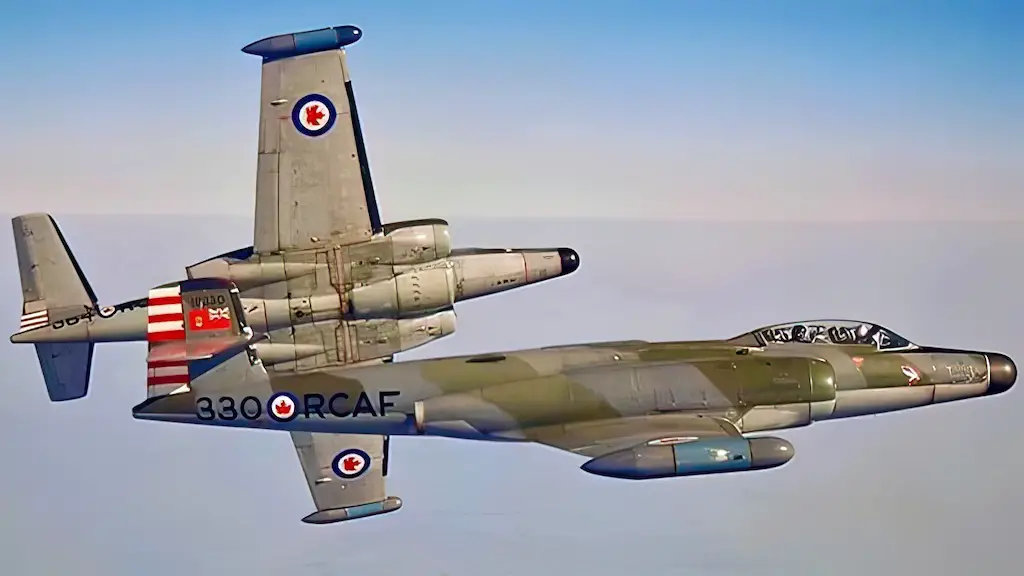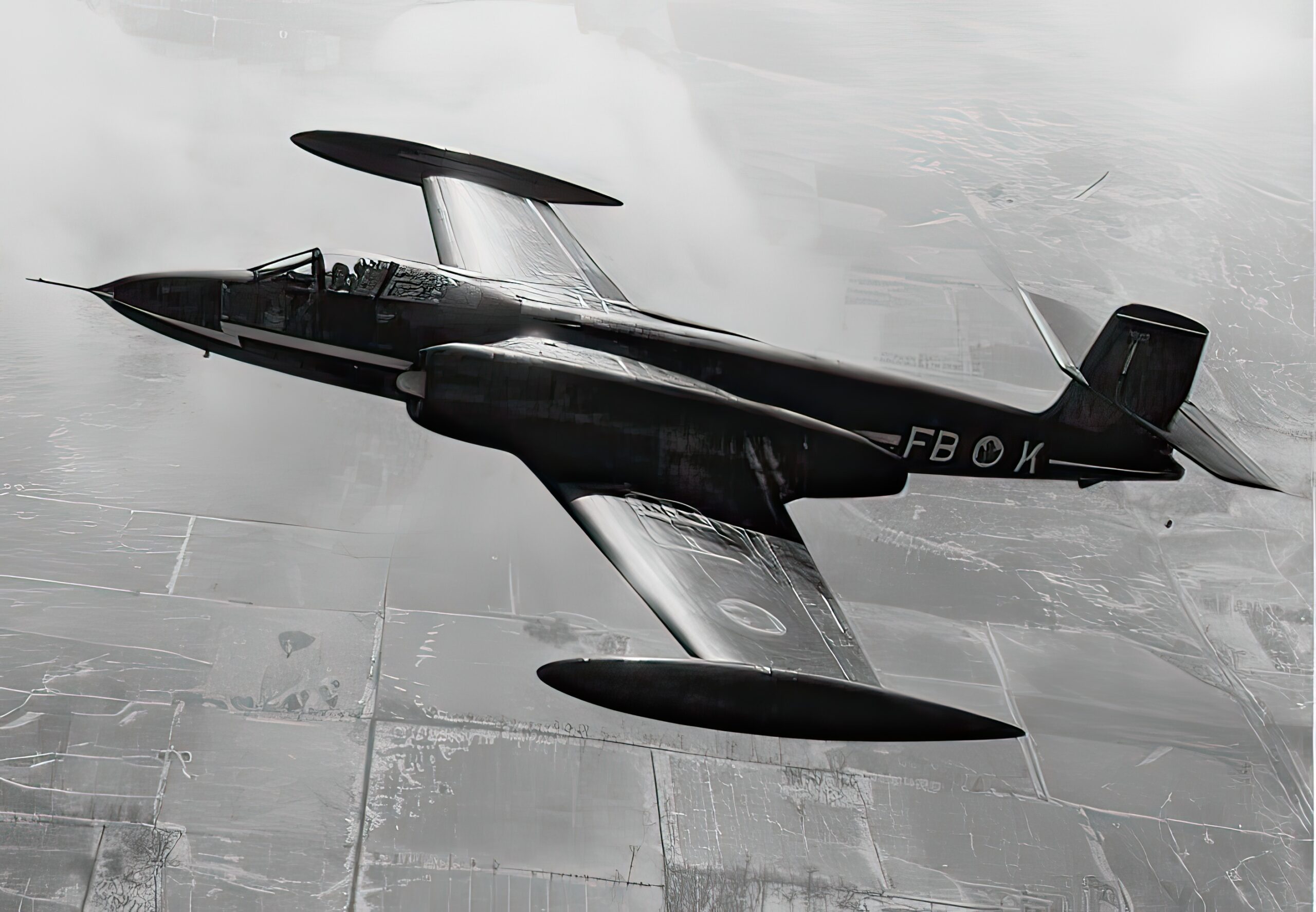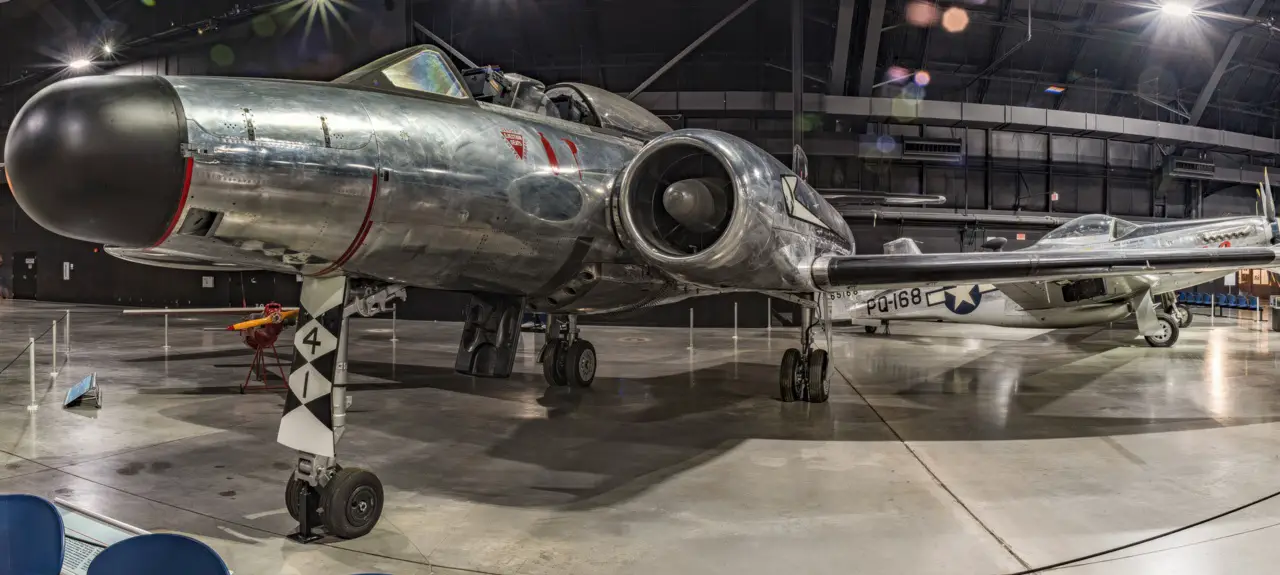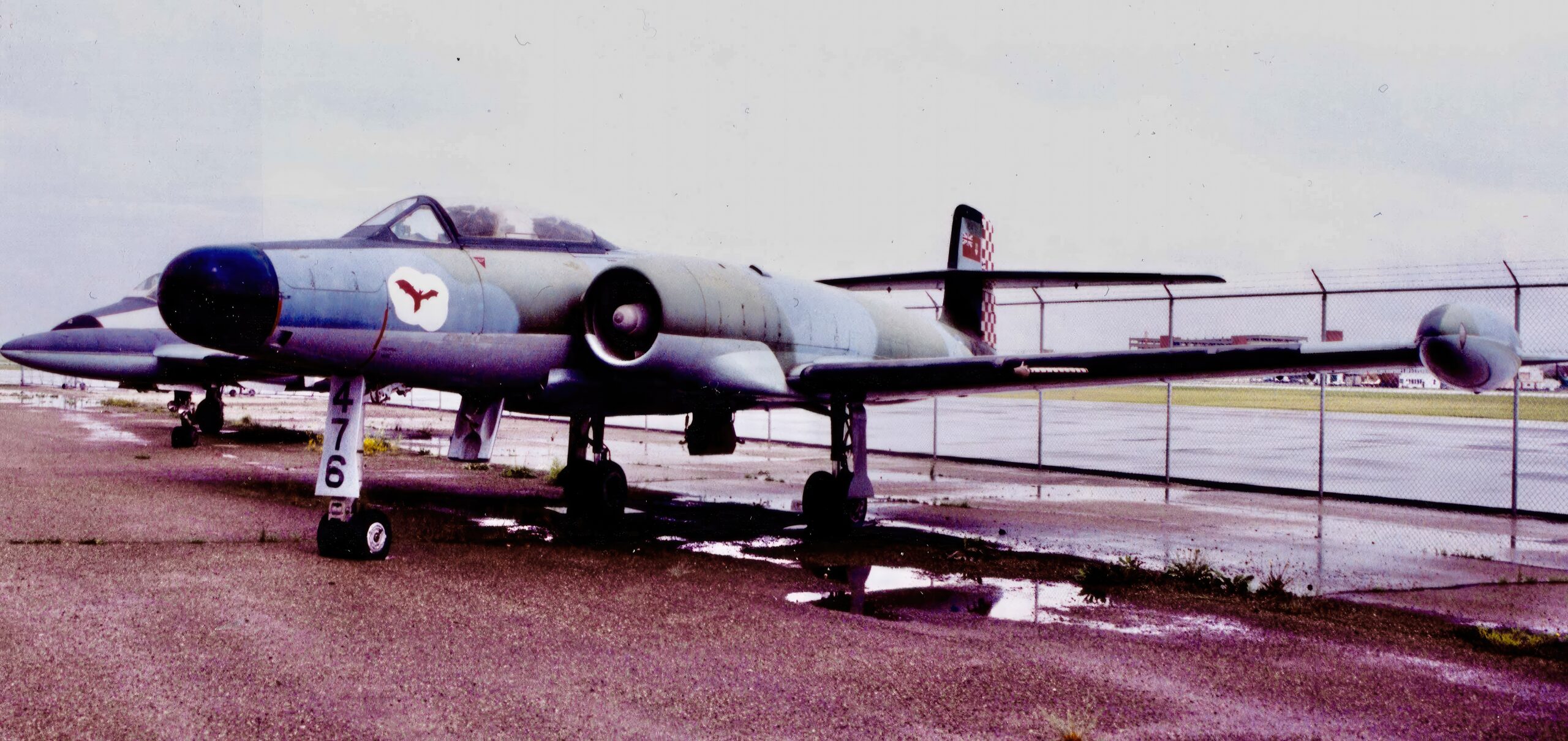
The Avro Canada CF-100 Canuck, colloquially known as the “Clunk,” holds a unique place in the annals of aviation history. As the first, and only, Canadian-designed and -built jet interceptor/fighter, the CF-100 Canuck represents a remarkable achievement for the country’s fledgling aviation industry in the early years of the Cold War. This article will delve into the development history of the Canuck, its strengths and flaws, operational history, and retirement.

Development History
The Canuck’s development journey began in 1946, when the Royal Canadian Air Force (RCAF) sought a new all-weather jet interceptor to replace the aging de Havilland Vampire and Gloster Meteor aircraft. Avro Canada, a subsidiary of the British Hawker Siddeley Group, responded with a proposal for an innovative twin-engine, two-seat interceptor. Designed under the leadership of John Frost, a British aeronautical engineer, the Canuck prototype took its maiden flight on January 19, 1950.
The development process faced multiple challenges, including engine issues, evolving RCAF requirements, and the need for extensive testing in diverse weather conditions. Despite these hurdles, the Canuck finally entered service with the RCAF in 1953. Over the course of its production run, five main variants (Mk 1 to Mk 5) were developed, with each version introducing refinements and improvements in weaponry, avionics, and performance.

Strengths
The Canuck had several notable strengths, chief among them being its all-weather capabilities. The aircraft was designed to operate in the harsh Canadian climate, with excellent cold weather performance and the ability to take off and land on snow-covered runways. Its powerful Orenda engines provided the interceptor with a top speed of over 640 mph (1,030 km/h) and a maximum altitude of 45,000 feet (13,700 meters).
The Canuck also boasted state-of-the-art electronics and radar systems for its time, including the Hughes MX-1179 fire control system and the AN/APS-504 radar. These technologies allowed the aircraft to track and engage enemy targets in poor visibility and adverse weather conditions. The interceptor’s armament included eight 0.50-inch (12.7 mm) Browning machine guns or two AIR-2A Genie air-to-air nuclear rockets, depending on the variant.
Flaws
Despite its groundbreaking capabilities, the Canuck exhibited several flaws. Early models encountered engine reliability issues, particularly with the Orenda 2 and Orenda 8 engines, which had a tendency for flameouts and compressor stalls. The aircraft’s large size and weight also negatively affected its maneuverability, making the Canuck less agile than contemporary fighters like the North American F-86 Sabre and the Soviet MiG-15.

Operational History
Primarily, the RCAF used the Canuck, equipping 11 operational squadrons and the Operational Training Unit. The aircraft played a crucial role in defending North America during the Cold War, as it patrolled the Arctic regions and participated in joint exercises with the United States Air Force. The Belgian Air Force also imported a small number of Canucks, where they served as training and liaison aircraft.

Retirement
In the early 1980s, the Canuck’s career concluded when the RCAF started replacing it with the more advanced McDonnell Douglas CF-18 Hornet. The disbandment of the last operational Canuck squadron in 1981 marked the end of the aircraft’s service life. Today, people can find several examples of the CF-100 Canuck in museums across Canada and Belgium, where they serve as a testament to Canada’s aviation legacy.
